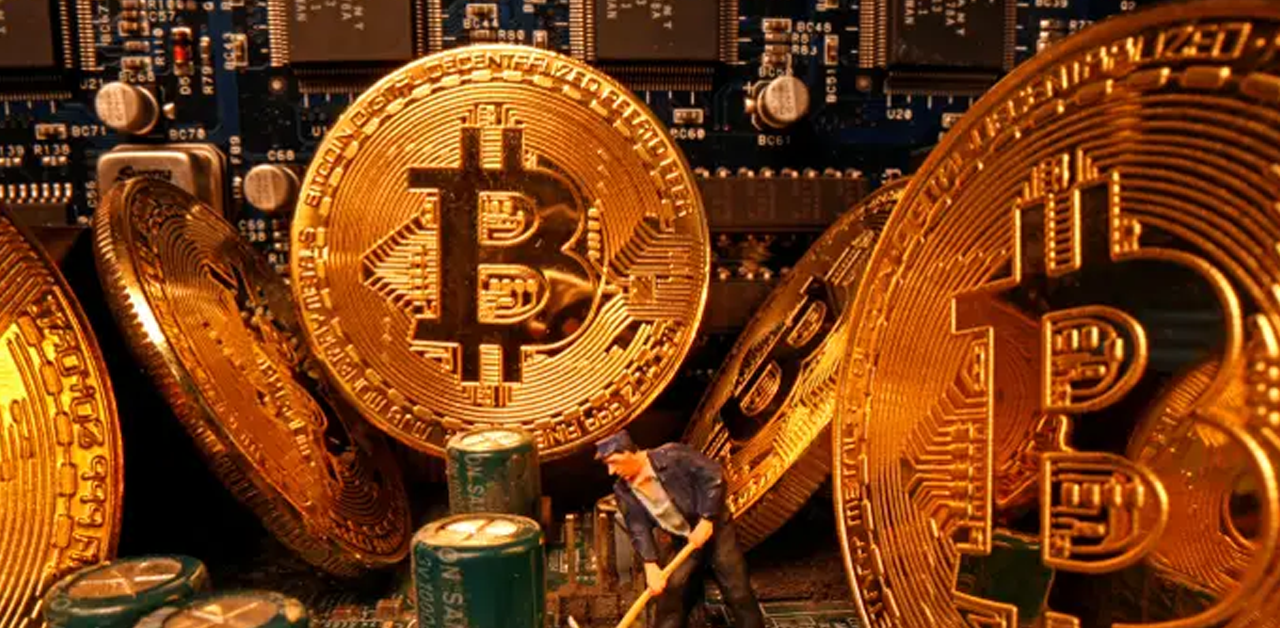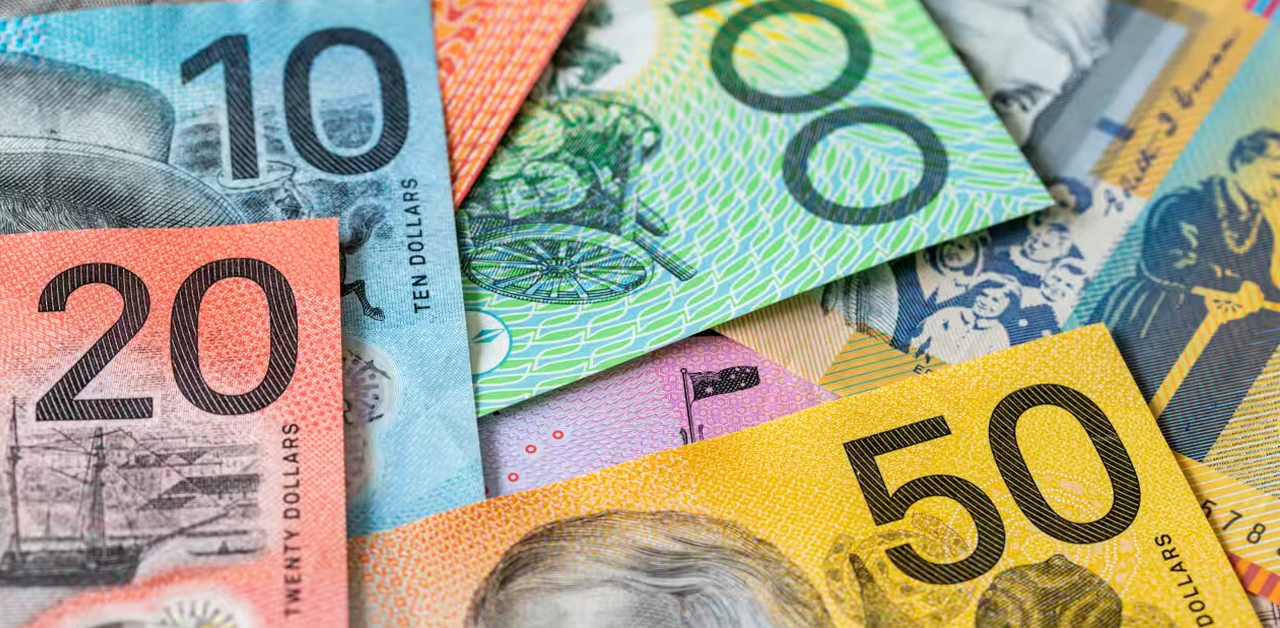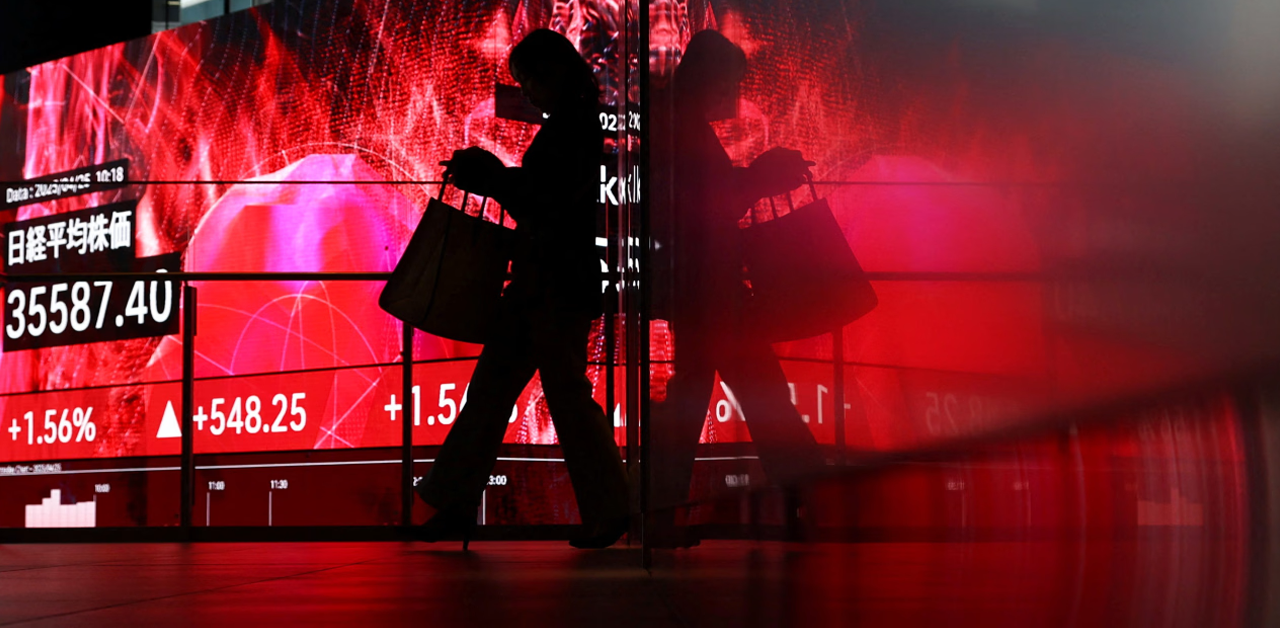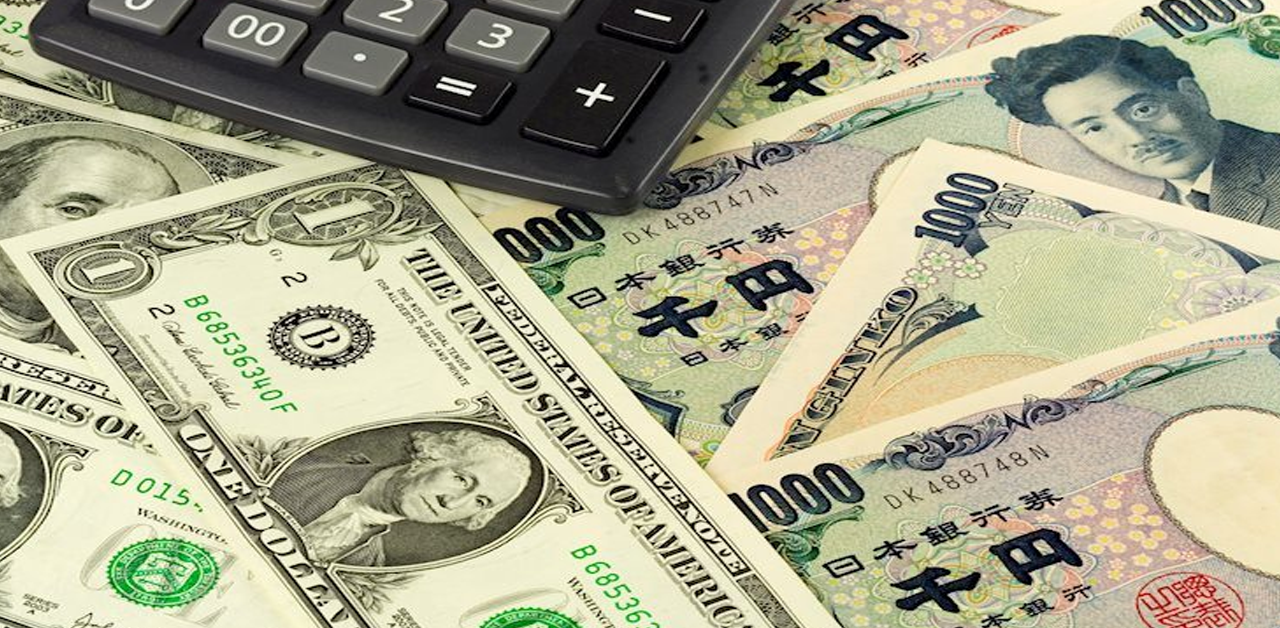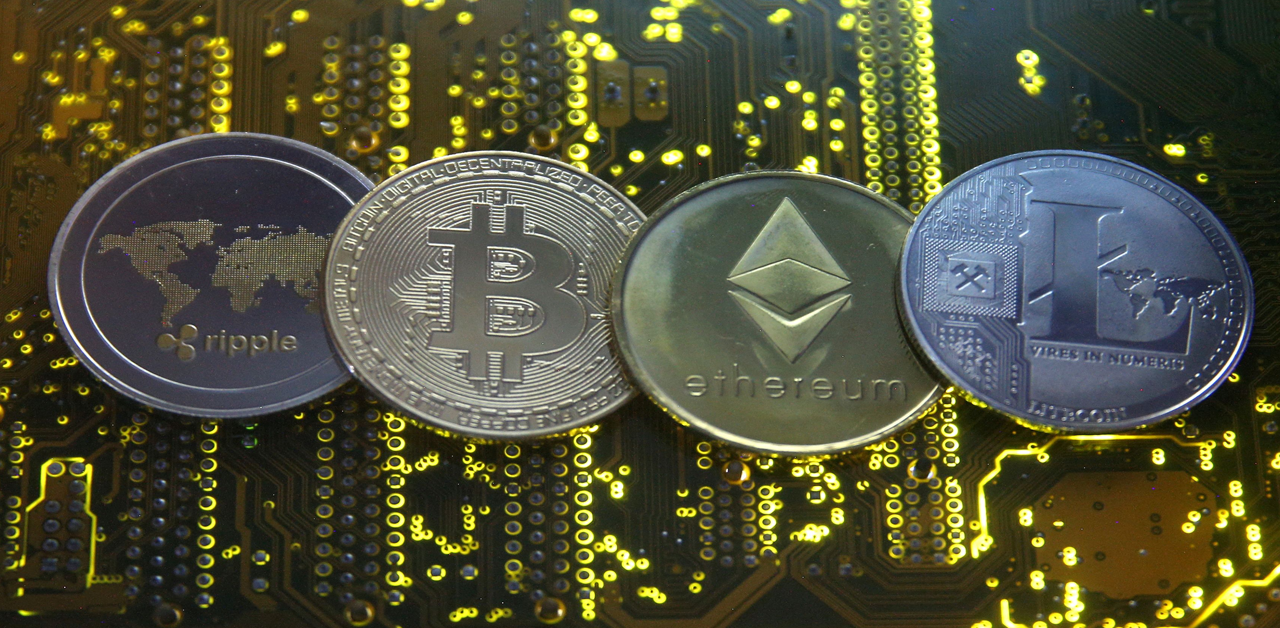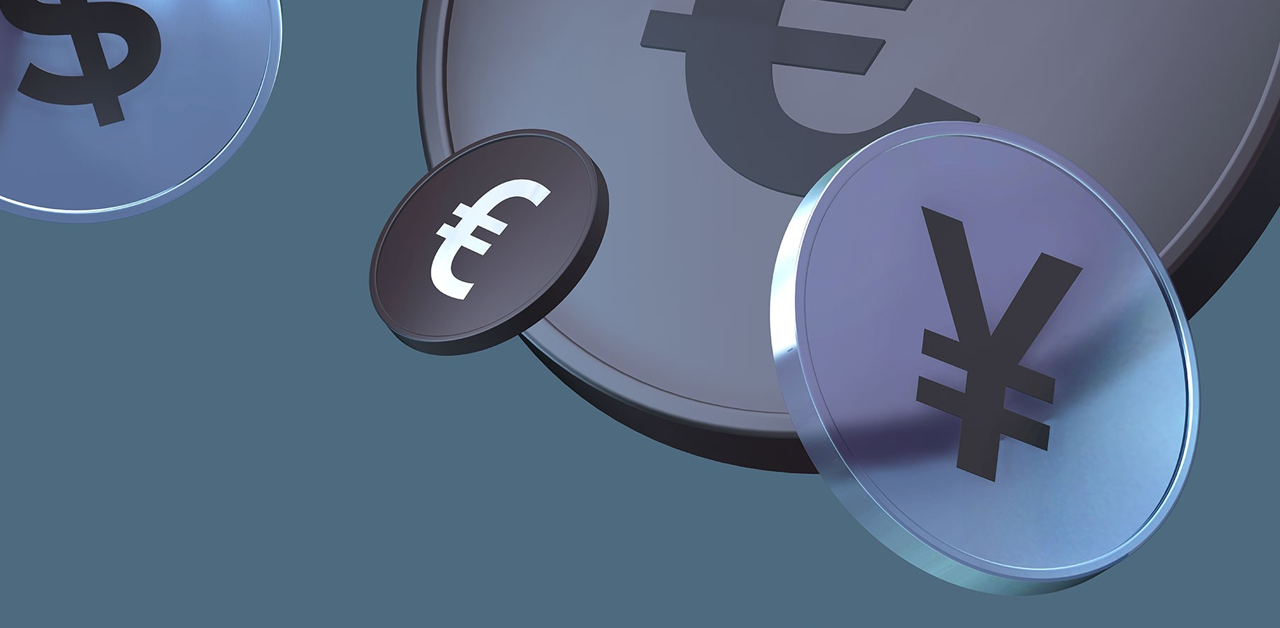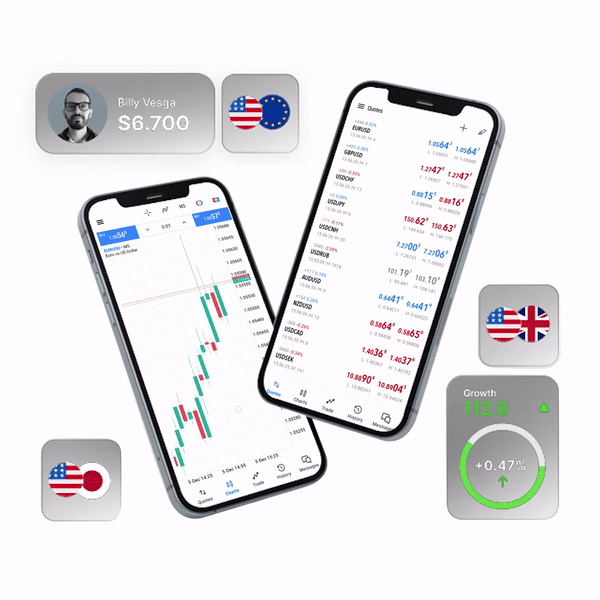The forex market, the largest and most liquid financial market in the world has undergone a massive transformation in recent years due to the rise of automated trading.
Gone are the days when traders had to sit for long hours in front of their computer screens, analyzing charts and executing trades manually.
Today, sophisticated algorithms and high-frequency trading systems dominate the market, offering speed, efficiency, and accuracy that human traders cannot simply match.
But what exactly is automated trading, and how is it reshaping the forex industry?
In this blog post, we will explore the growth of algorithmic trading, its benefits, and the potential risks it brings to traders and the market as a whole.
What is Automated Trading?
Automated trading, also known as algorithmic trading, uses computer programs to execute trades based on predefined rules and strategies. These algorithms analyze market data, identify trading opportunities, and place orders without human intervention.
In the forex market, where currency pairs fluctuate within milliseconds, automation allows traders to capitalize on price movements faster than ever before. From high-frequency trading (HFT) to trend-following bots, automated systems have become an integral part of modern forex trading.
The Growing Popularity of Algorithmic Trading in Forex
- Speed and efficiency:
One of the most significant advantages of automated trading is its ability to process vast amounts of data and execute trades in milliseconds. Unlike human traders, algorithms don’t suffer from fatigue or emotions, ensuring excellent performance.
- Elimination of emotional bias:
Human traders often fall victim to emotions like greed, fear, or hesitation, which leads to poor decision-making. Automated trading systems follow strict rules, removing emotional bias and sticking to the strategy regardless of market conditions.
- Backtesting and optimization:
Before using a trading algorithm, traders can backtest it using historical data to see how it would have performed in the past. This helps refine strategies and improve success rates before risking real capital.
- 24/7 market participation:
The forex market operates 24 hours a day, five days a week. Automated trading allows traders to take advantage of opportunities even when they’re asleep or away from their screens.
- Diversification of strategies:
Traders can run multiple algorithms simultaneously, targeting different currency pairs and timeframes. This diversification reduces risk and increases the chances of profitability.
Risks and Challenges of Automated Trading
While algorithmic trading offers numerous benefits, it also comes with some risks. Here are a few of them:
- Technical failures and glitches:
Automated systems rely on stable internet connections, powerful hardware, and bug-free software. A single glitch or server outage can lead to significant losses.
- Over-optimization:
Some traders tweak their algorithms so much that they perform well only on historical data but fail in live markets— also known as curve fitting.
- Market manipulation and flash crashes:
High-frequency trading (HFT) can sometimes trigger extreme volatility or flash crashes, where prices drop and recover within seconds due to algorithmic reactions.
- Lack of human judgement:
While removing emotions is a benefit, algorithms can’t adapt to unexpected geopolitical events or sudden news shocks the way a human trader might.
- High initial costs:
Developing or purchasing a reliable trading algorithm requires significant investment in technology, data feeds, and sometimes licensing fees.
The Future of Automated Forex Trading
The forex market continues to grow, with artificial intelligence (AI) and Machine Learning (ML) playing an increasingly important role in automated trading. Some key trends to watch are:
- AI-Powered Predictive Analytics – Algorithms that learn from market patterns and adjust strategies in real time.
- Quantum Computing – Could revolutionize trading speeds and data processing capabilities.
- Regulatory Changes – Governments may impose stricter rules on HFT to prevent market instability.
While automation is here to stay, the best approach for traders is to combine algorithmic strategies with human oversight for optimal results.
Final Words
The rise of automated trading certainly changed the forex market, providing new speed, efficiency, and precision. However, it is not without risks, including technical breakdowns, over-optimization, and market manipulation.
Thus, knowing the advantages and disadvantages of algorithmic systems is crucial for traders wanting to use them. Forex traders can make better decisions in this digital age by being informed and using automation as a tool, not a substitute for human judgment.
Would you use automated trading in your next forex strategy? Let us know in the comments!


